 Diversified Reuse of Food Waste
Diversified Reuse of Food Waste
The aim of food waste reutilization is to convert food waste into valuable resources (e.g. animal feed, fertilizer, bio-energy generation etc.), so that waste can be effectively recycled and reused, while also contributing to environmental protection and sustainable development.
Policy GoalThe Food and Agriculture Organization (FAO) of the United Nations proposes to prioritize ways to deal with food waste to reduce food loss and waste (FLW). The first priority is to reduce at the origin source, decreasing leftover generation or donating to food banks for redistribution. Secondly, food residual or waste (such as food or kitchen waste) that are no longer edible or have not been fully consumed, but can still be consumed by animals, should be recycled for reuse in their original form, such as for pig feeding. Next, anaerobic fermentation or compost can be used to recover energy and produce fertilizer. Landfills or incineration are considered last as a way of disposal. The goal of the administration's policy is to continuously promote the diversified reuse of food or kitchen waste no longer suitable for human consumption.
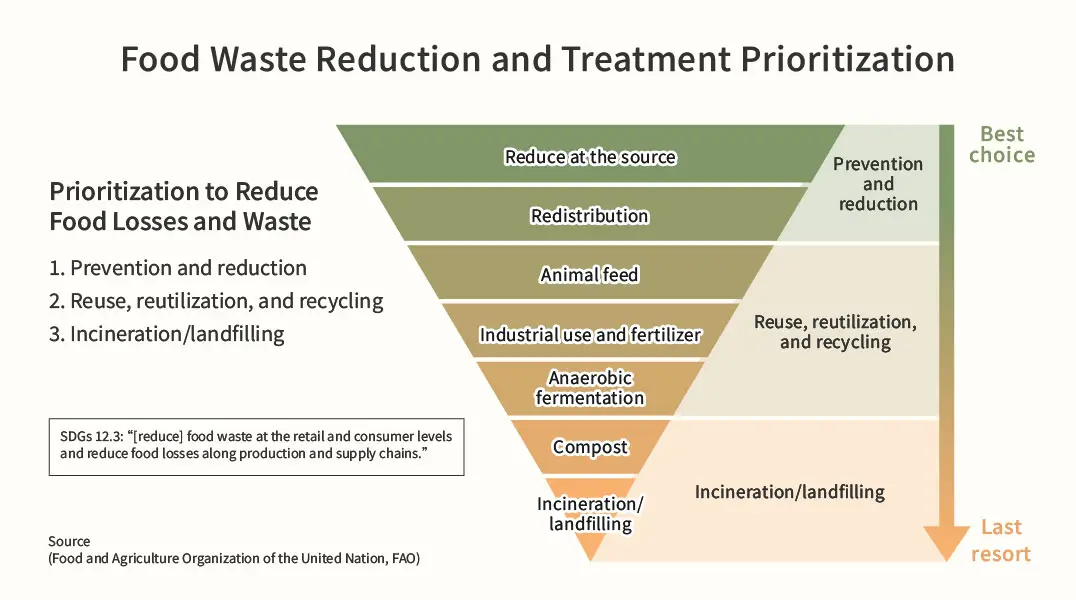
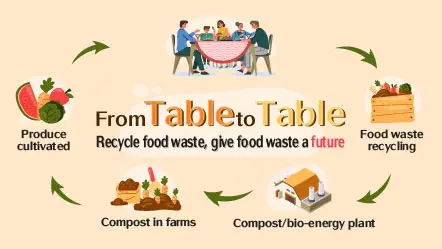
Food waste recycling is an important issue in organic resource recycling. Since 2003, the administration has actively provided subsidies to local governments to promote food waste recycling, including education, disposal equipment procurement, and construction of food waste recycling plants and facilities. In response to the impact of African Swine of 2019, the Ministry of Environment and Ministry of Agriculture cooperated to promote the joint cooking facility and reinforce pig farm management, working toward building joint cooking facilities for wet ingredients for pig-rearing, enhancing the ingredient quality of directly-fed animals, and controlling epidemic risks. The administration also continues subsidizing local government's establishment of food waste recycling facilities to increase the amount of recycled food waste and the quality of products. To achieve the goal of net-zero carbon emissions by 2050, the administration also promotes low-carbon and diversified food waste resource applications through innovative technologies, such as co-digestion with food waste and pig manure for energy recovery and black soldier fly or earthworm treatment, to achieve a circular economy.
In 2024, recycled household food waste nationwide weighed approximately 505,000 tons, of which feed application accounted for about 42.8% (such as for pig feeding), compost to fertilizer (with high-performance and traditional compost plant) about 45.8%, bio-energy generation 9.5%, and other uses (such as keeping black soldier flies and poultry) 1.9%. Local governments have established food waste reuse facilities including high-performance compost fermentation equipment and facilities, traditional compost facilities, bio-energy generation facilities, and other diverse recycling ways (such as black soldier flies). The present capacity of food waste reuse facilities in Taiwan has exceeded the nation's food waste amount, meaning food waste reuse facilities are abundant.
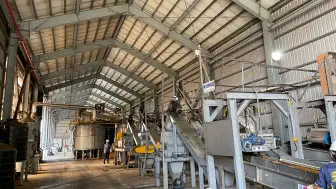
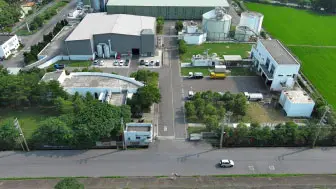
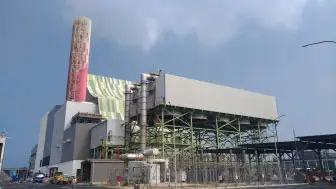
To achieve the goal of net-zero carbon emissions by 2050, the Ministry of Environment promotes the reduction of waste generation at source and the effective recycling of resources. The administration has included the effectiveness of food waste recycling and reuse in the food waste performance evaluation scheme of county and city governments. Our policy objectives are to encourage the public to cherish food, reduce leftover food, reduce food waste generation and turn waste into valuable resources. In order to achieve this goal, county and city governments actively carry out education and publicity, encourage people to drain food waste to reduce its weight, and promote multiple ways to reuse food waste to facilitate recycling.
In recent years, the amount of food waste recycled by households has been decreasing, from about 600,000 tons in 2018 to about 500,000 tons in 2024, and the proportion of food waste reused has increased from about 40% in 2018 to about 60% in 2024, reflecting an increasing recycling rate.
The Trend of Different Ways to Reuse Household Food Waste in Recent YearsCurrently, the administration is promoting the diverse reuse of food waste, which include:
- Animal feed: Food waste for direct pig feeding should be cooked at a temperature over 90 degrees Celsius, and continually stirred and cooked for at least one hour. It must also meet regulations as ordained by the "Animal Husbandry Act," "Act on the Prevention and Control of Infectious Animal Diseases," and other environmental protection laws to adhere to the Ministry of Agriculture's anti-epidemic measures and reduce food losses and waste.
- Fertilizer: The administration continuously assists food waste composting plants of local governments in enhancing their capacities, engaging experts and scholars to provide professional suggestions on-site for future facility and equipment operation. The administration also guides local governments in obtaining fertilization registration certification to ensure the quality of compost products, reinforce quality control mechanisms, ensure soil safety after application, and expand distribution channels for compost products, thus realizing the goal of recycling.
- Energy generation: When food waste is processed by anaerobic digestion, methane is produced, which can be converted into biomass energy after combustion and power generation. Biomass power plants can help to reduce dependence on traditional energy sources.
- Others: Animals like black soldier flies, earthworms, and poultry, or other technological feasible reuse methods.
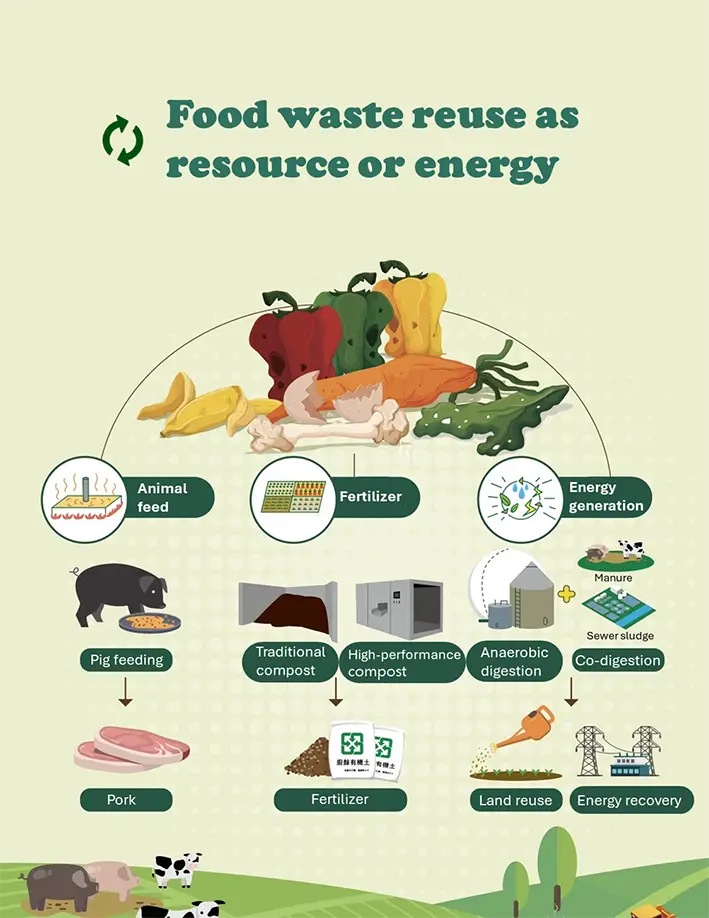
Since February 2019, the Ministry of Environment has invested NT$1.3 billion in subsidies in various regions for construction of food waste treatment facilities. To date, 52 crushing and dewatering facilities and 17 high-performance of food waste compost facilities have been completed, while 47 traditional composting plants have also been improved with professional suggestions provided by experts and scholars to improve the quality of the products after compost. Fertilizer can be made available to the public for free or exchanged for recycled items. In addition, after local governments obtain the fertilizer registration certificate, the finished compost products can be sold to increase their annual income.
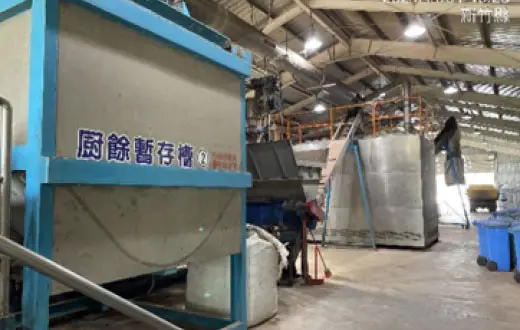
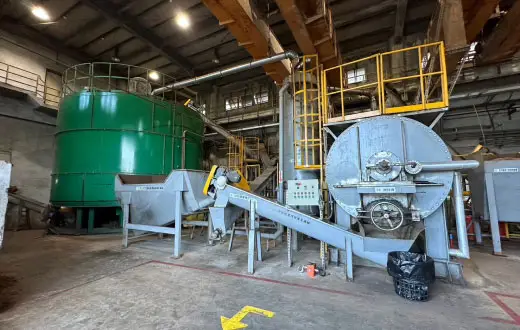
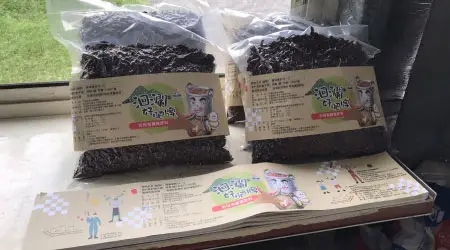
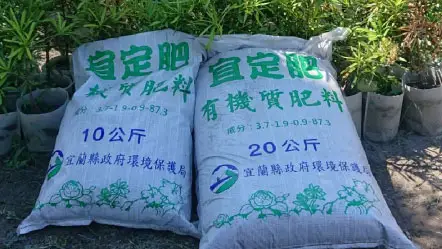
The administration will continue to promote the reduction of food waste. The amount of food waste recycling has been reduced from 595,000 tons in 2018 to 505,000 tons in 2024, including 231,000 tons (45.8%) of compost, 48,000 tons (9.5%) of energy, 216,000 tons (42.8%) of pig farming, and 10,000 tons (1.9%) of other treatment such as black soldier fly farming. In the future, food waste treatment will continue developing toward uses including fertilizer, anaerobic digestion for power generation, black soldier flies treatment, and jointly-cooked for pig-feeding.
- Data Source: Division of General Waste Management
- Publish Date: 2024-08-27
- Update Date: 2025-10-14

 Related Topics
Related Topics




